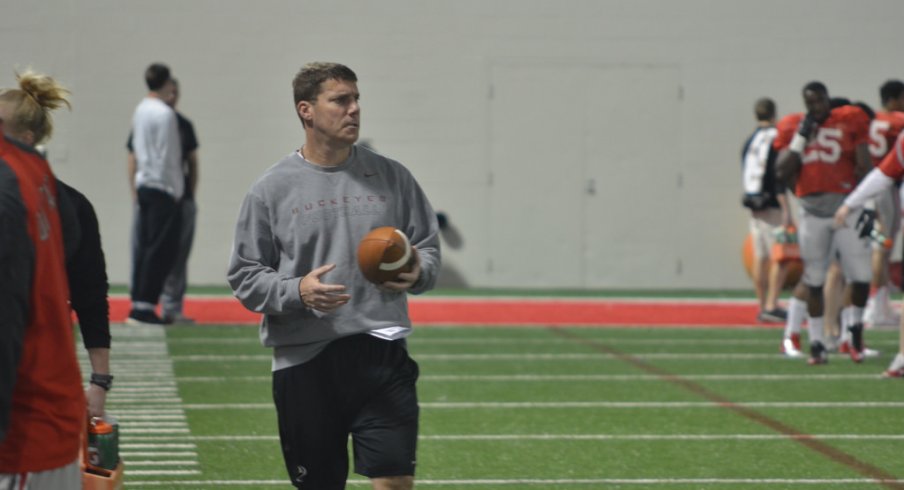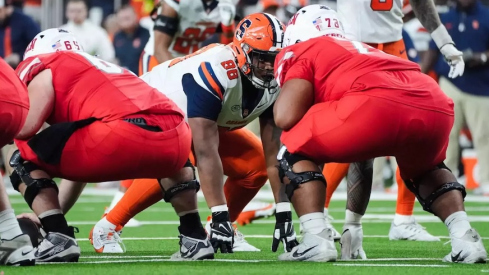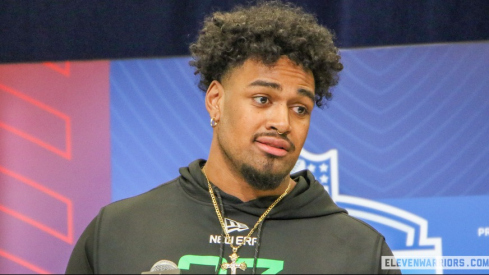Following a 2013 season where Ohio State’s defense was short-circuited by porous pass coverage, Urban Meyer tasked new defensive coordinator Chris Ash with overhauling the Buckeyes’ secondary. Ash’s success in correcting that pass defense was critical to the Buckeyes’ 2014 national championship run.
At the Ohio State spring clinic – after addressing defensive philosophy and base alignment – Ash discussed his approach to pass defense.
The Swiss Army Knife Coverage
Ash sets his secondary to the wide side of the field. His defensive package includes cover 3, cover 6, and cover 0 man.
But no scheme is more important to Ohio State’s defense than cover 4 or quarters. Ash’s defensive philosophy is built around this versatile coverage.
As the name suggests, quarters is a four deep coverage, with each defender responsible for his quarter of the field.
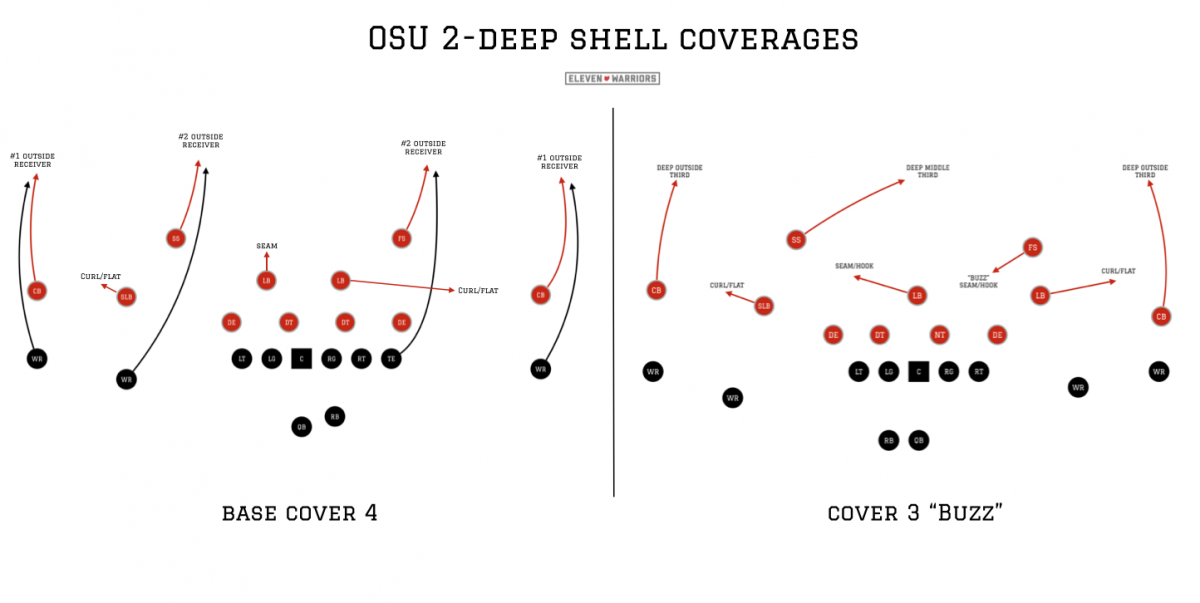
But the coverage is more aggressive than this description suggests.
Cover 4 amounts to a matchup zone. If all receivers run vertically the secondary defenders will play man. But if receivers cross, the defender covering the crosser will pass off the receiver to their teammate and pick up the receiver that crosses into their zone. By having the safeties read the number 2 (inside) receiver, cover 4 permits a defense to both defend four vertical routes and apply nine defenders against the run.
During the clinic, Ash outlined his rules for his cover 4 defenders. For the cornerbacks, Ash’s cover 4 largely amounts to man to man defense.
The corners play man coverage on the number 1 (outside receiver) on all routes except shallow crossing and inside routes. This includes man coverage for deep routes.
The corner and safety can also deploy a swap call. If the offense uses tight splits, the corner and safety will swap the number 1 and 2 receivers if they cross.

Makin’ Reads
Given that the safeties provide cover 4 with its versatility, it follows that the safeties have more reads. As noted, the safeties key the number 2 receiver, meaning the second receiver to one side counting outside to in.
According to Ash, the number 2 receiver can do five things. For each move the safety has a response.
- Vertical – the safety will play man once the receiver passes 10 yard.
- In-breaking route – the safety will zone their quarter of the field, keeping their vision towards the quarterback.
- Out-breaking route – the safety will zone their quarter of the field, keeping their vision towards the quarterback. With both in and out-breaking routes, the safety expects another receiver to enter their zone.
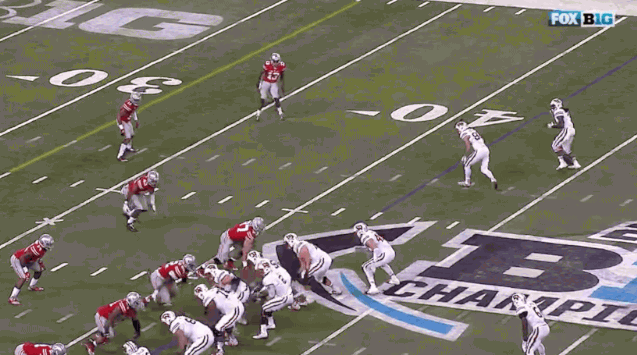
- Block – if the inside receiver blocks, the safety will look for a crack block and then fill the alley.
- Bubble – upon seeing bubble action, the safety will shuttle laterally, making sure they stay on top of the play in case the offense is faking the bubble screen to run a go route to the outside receiver.
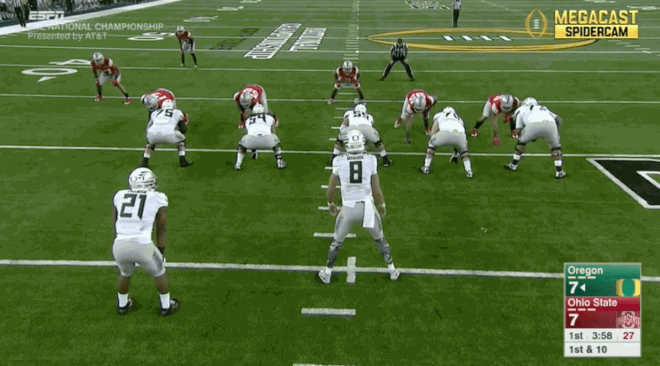
If the offense does not have two receivers to their side, the safety will read the quarterback.
Playing Safe
Against the run, the safeties’ responsibility is to fit where needed. Ash’s instruction is that they “have the time and distance to make the play right.”
He never wants to put his safeties in a run/pass conflict. Because cover 4 safeties read the number 2 receiver to determine whether to play run or pass, one common offensive response is to have the number 2 receiver block – inducing the safety to come up to play the run – and then throw a play action pass behind the hard-charging safety.
Ash does not want his safeties in this position. Unlike Pat Narduzzi’s cover 4, he does not instruct his safeties to aggressively attack the edge.
Ash’s framework is more conservative. He wants to protect against the deep pass and uses lanky safeties that can play man coverage. The goal against the run is to force the football inside where the linebackers can leverage the football and make tackles. The safeties have a secondary run-support role – taking safe angles and filling the alleys.
This can result in offenses gaining chunk yards rushing if the front seven has a breakdown in its gap responsibilities. But it provides a measure of protection against breakdowns that result in explosive plays.
In my next column I will conclude with how Ash adapts cover 4 to defend trips – which can cause cover 4 problems by putting three receivers to one side against two defenders.
